Beth St. Jean - Understanding Human Information Behavior: When, How, and Why People Interact with Information
Here you can read online Beth St. Jean - Understanding Human Information Behavior: When, How, and Why People Interact with Information full text of the book (entire story) in english for free. Download pdf and epub, get meaning, cover and reviews about this ebook. year: 2021, publisher: Rowman & Littlefield Publishers, genre: Computer. Description of the work, (preface) as well as reviews are available. Best literature library LitArk.com created for fans of good reading and offers a wide selection of genres:
Romance novel
Science fiction
Adventure
Detective
Science
History
Home and family
Prose
Art
Politics
Computer
Non-fiction
Religion
Business
Children
Humor
Choose a favorite category and find really read worthwhile books. Enjoy immersion in the world of imagination, feel the emotions of the characters or learn something new for yourself, make an fascinating discovery.
- Book:Understanding Human Information Behavior: When, How, and Why People Interact with Information
- Author:
- Publisher:Rowman & Littlefield Publishers
- Genre:
- Year:2021
- Rating:3 / 5
- Favourites:Add to favourites
- Your mark:
Understanding Human Information Behavior: When, How, and Why People Interact with Information: summary, description and annotation
We offer to read an annotation, description, summary or preface (depends on what the author of the book "Understanding Human Information Behavior: When, How, and Why People Interact with Information" wrote himself). If you haven't found the necessary information about the book — write in the comments, we will try to find it.
This introductory textbook aims to provide undergraduate students in information science and related disciplines with an applied grounding in information behavior. The books primary focus is to provide explicit links between information behavior and the careers that students will pursue within the information professions. With a deeper understanding of information behavior, students will be better equipped to address the many types of barriers that frequently prevent people from effectively and efficiently accessing, understanding, managing, and/or using the information they need in the real world.
The first six chapters of the book provide students with the fundamental building blocks of information behavior, introduce them to important related concepts, and provide a deep dive into information literacy, digital literacy, the digital divide and digital inclusion.
Chapters 7 through 12 introduce students to the scholarly communication system, providing guidance on how to find, read, and critically evaluate information behavior studies. Also explored in these chapters are the various methods used to investigate and understand peoples information behaviors. Topics covered include research design, research methods, research ethics, user needs assessment, and human-computer interaction and associated design methods. This part of the book also covers some of the major information behavior models and theories that have been developed to describe, predict, and/or explain peoples information behaviors.
In chapters 13 through 16, the authors provide an in-depth look into their own information behavior research areas, including consumer health information behavior and health justice; youth information behavior; legal information behavior and access to justice; and information behavior in libraries.
In the final chapter, students are first introduced to a wide range of careers within the information professions and then taken along on a deep dive into 10 specific jobs, with a special focus on the thread of information behavior that pervades the roles and responsibilities commonly associated with these positions.
Each chapter begins with one or more scenarios illustrating concepts covered in the chapter and ends with discussion questions.
Beth St. Jean: author's other books
Who wrote Understanding Human Information Behavior: When, How, and Why People Interact with Information? Find out the surname, the name of the author of the book and a list of all author's works by series.

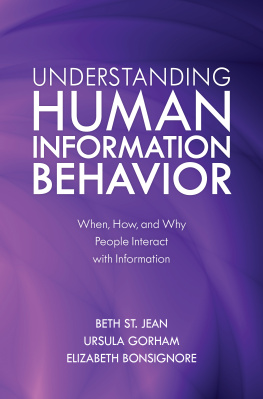


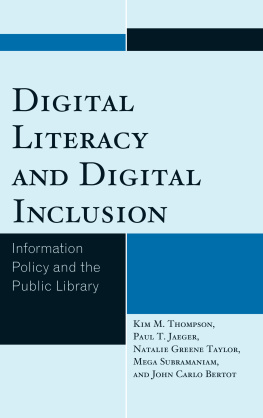
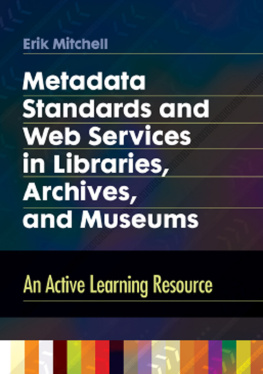
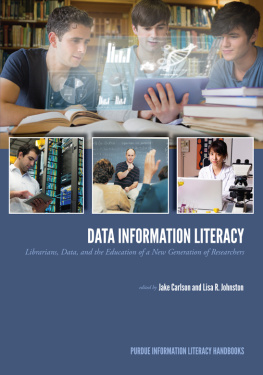
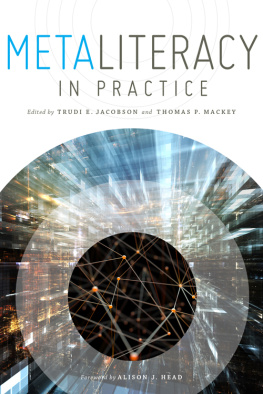
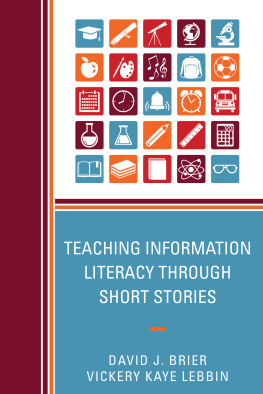


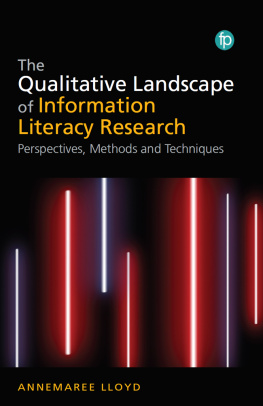
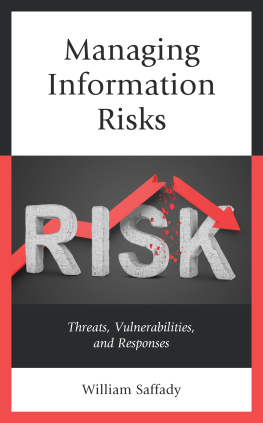

 The paper used in this publication meets the minimum requirements of American National Standard for Information SciencesPermanence of Paper for Printed Library Materials, ANSI/NISO Z39.48-1992.
The paper used in this publication meets the minimum requirements of American National Standard for Information SciencesPermanence of Paper for Printed Library Materials, ANSI/NISO Z39.48-1992.